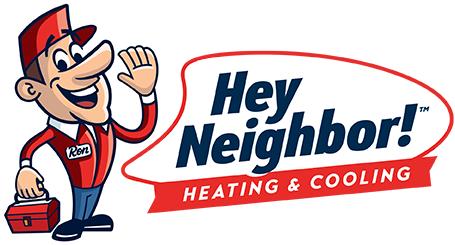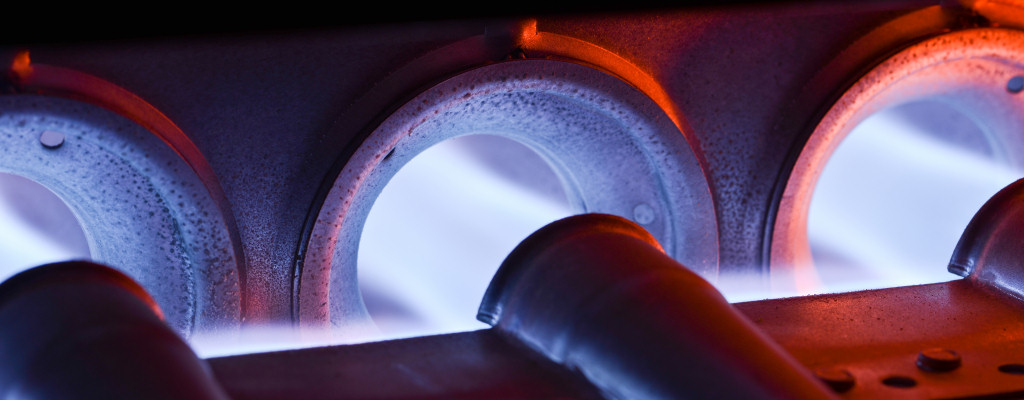There are three primary types of gas furnaces available in the heating market today. The system that’ll work best for your family is based on various factors, including your home’s size and levels, its heating requirements, existing ductwork and insulation, your budget, and more.
Before you invest in a new central heating system for your home, you should consult with a professional, trustworthy HVAC contractor – like us! Our Comfort Consultants and expert, certified technicians have a tremendous amount of experience in the industry analyzing homes to help homeowners determine their best home heating system option. One of the following three types of furnaces is sure to be the right fit for your home. We’re happy to help you figure it out – that’s how neighbors should treat neighbors!™
Single-stage
Also known as a single-speed furnace, a single-stage unit only has one heat output level – high. When the thermostat turns on the heat, the furnace continually dispenses the maximum amount of heat that it can produce, regardless of the temperature outside or in other areas of your home. Imagine yourself going straight from a walk to an all-out sprint every time you work out. A single-stage furnace functions the same way – there’s an “off” speed, an “on” speed – and nothing in-between.
This all-or-nothing operation can make your energy bills very expensive in the winter, since every time your furnace is on, it’s consuming the largest amount of energy it possibly can.
Two-stage
Also known as a two-speed furnace, a two-stage unit runs much more efficiently than a single-stage furnace. During Northeast Ohio’s moderate winters, this type operates the first stage most of the time and runs at about 2/3 of the furnace’s maximum heating capacity. However, when the temperature outside drops low enough and the first stage isn’t sufficient to heat your home adequately, the second stage engages to provide the additional heat required. A two-stage furnace produces the right level of heat to efficiently satisfy the needs of your home – and your family.
Also, a two-stage furnace is much quieter than a single-stage unit because it doesn’t operate at 100% capacity every time it runs. It also creates releases lower carbon dioxide emissions into the environment.
Variable-speed
Unlike the first two types discussed above, a variable-speed furnace doesn’t feature stages that your furnace progresses through to provide heat. Instead, the furnace’s blower motor can operate at a wide range of speeds to finely control the amount of heated air distributed throughout your home. This improved airflow results in a more comfortable indoor environment regarding both temperature and humidity.
Even when the unit is not “on,” the blower in a variable-speed furnace may still operate to keep air circulating throughout your home. This feature promotes a healthier level of indoor air quality since your air is continually being filtered and being cleansed of such things as viruses, bacteria, mold spores, and other airborne allergens and pathogens. This furnace type’s advanced airflow control dramatically reduces the heat production needed to keep your home warm since air is continuously being distributed throughout your home. Correspondingly, this unit’s efficient operation results in lower energy consumption and much more budget-friendly utility bills each month.
Variable-speed furnaces available are among the most intelligent on the market. Though they may cost a bit more up-front, you’ll enjoy significant energy savings over the lifetime of the equipment.
Call Hey Neighbor for all of your heating needs!
Contact us today to schedule a free estimate appointment with one of our trusted Comfort Consultants. They’ll listen to your comfort concerns, analyze your home, and help you make the best heating installation decision for your family.


Comments are closed